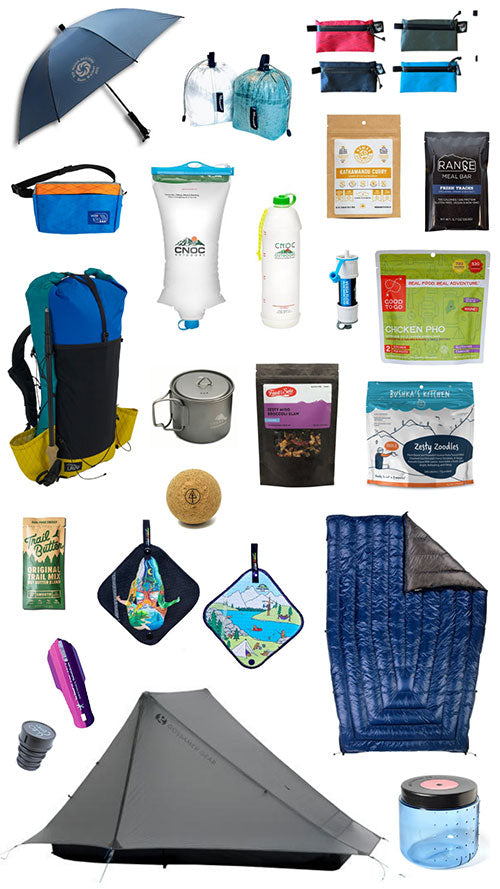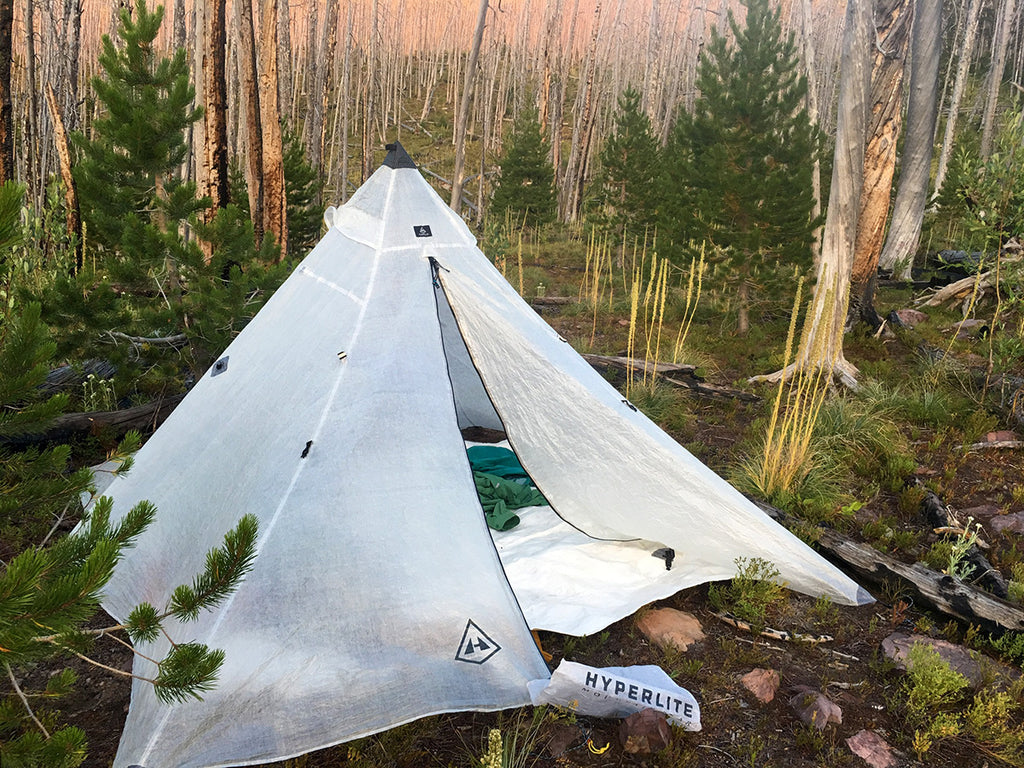
It's no secret that buying a shelter made from Dyneema® Composite Fabric (DCF) can be a costly, albeit worthwhile, outdoor gear investment.
The lightness of weight, packability, durability, strength, and incredible water resistance of DCF makes it a powerful performance fabric, fit for any camping excursion.
In an effort to make the most of your investment, maximize enjoyment, and increase the lifespan of your home away from home, the team at Hyperlite Mountain Gear (HMG) helped us put together a few pointers to keep your DCF tent or tarp happy and healthy for years to come.
Set Up
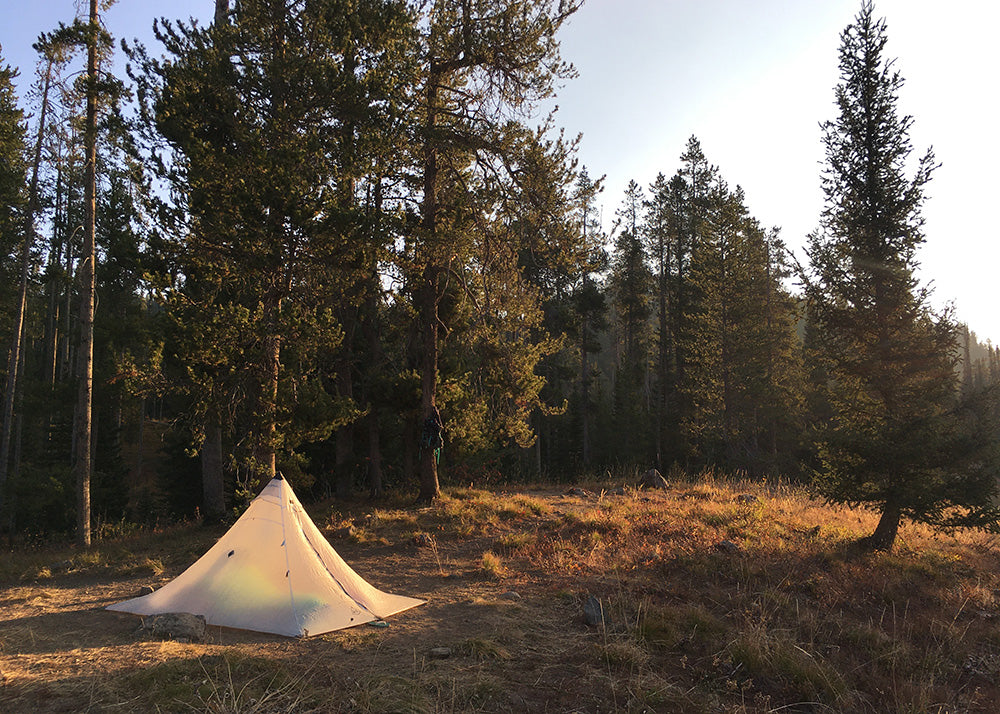
Proper tent or tarp placement is a key factor in extending the life of your DCF shelter. When it comes to spot selection, look up and around you to make sure there aren't any loose limbs or dangling branches that might get dislodged in wind or heavy rain.
Secondly, check the ground around where you plan to pitch and remove any sharp rocks, branches, or debris that might cause holes, pricks, or unnecessary abrasion on the bottom of your tent. While it generally isn't necessary to use a groundsheet with your Dyneema® tent, it could increase its lifespan if you're constantly camping in rough, rocky terrain.
Another consideration when it comes to where to stake up, is your shelter's exposure to the sun. "As with all tents, UV degradation affects the life of your shelter," explains HMG, "so we recommend minimizing the amount of direct sunlight your tent sees."
If you are basecamping out of your tent, HMG suggests pitching under tree cover or other coverage that provides shade to help protect your shelter.
As for actually setting up your tent, the team at HMG suggests that you "make sure external tie-outs are taut and evenly tensioned, but do not over-tension mid panel tie-outs." Over time, over-tensioning can lead to excess stress and strain on your shelter, creating weak spots that can lead to holes or tears which compromise the integrity of your shelter.
Pack Up
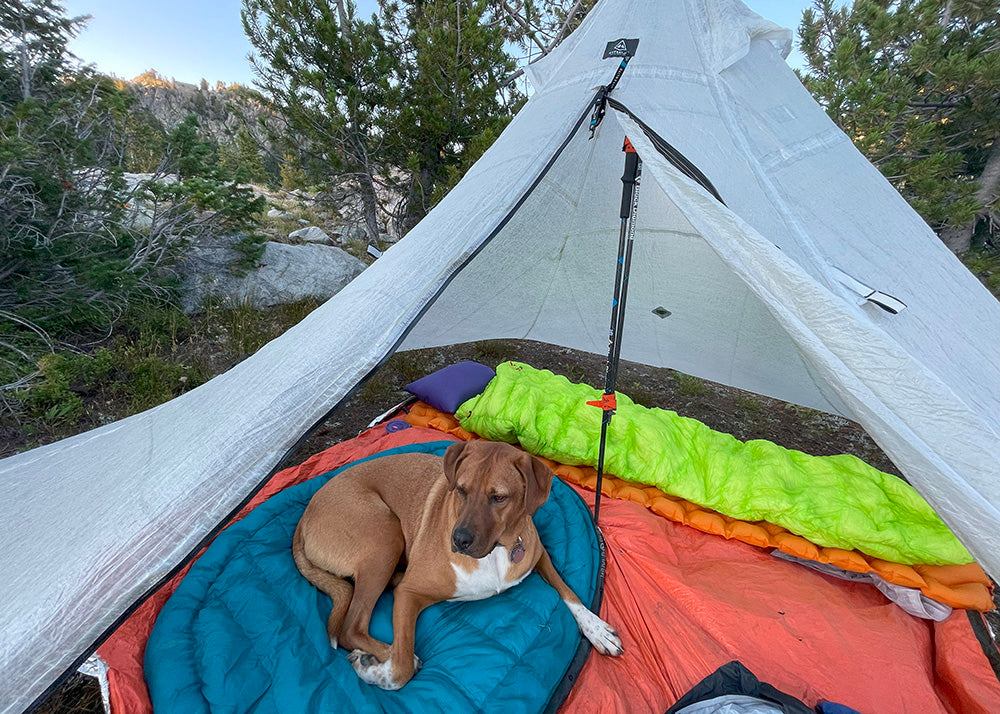
The pack up process is pretty straightforward, but again, taking the time to dial in your technique will aid in a longer lasting shelter.
The HMG teams recommends the following steps when packing up your DCF shelter:
- Remove all contents inside the shelter
- Zip closed both the inner and outer door.
- Loosen all guy lines and remove your ground stakes.
- Remove your trekking poles and any loose debris from the outside of your shelter.
- Evenly fold, then gently roll the tent to compress it into your drawstring stuff sack.
Resist the urge to try to cram your shelter into the world's smallest ball for bragging rights, and your lightweight shelter will live on longer.
Clean Up

Another great way to keep your shelter living a long and prosperous life is to keep the surface fabric clean and your zippers free of debris. "Dirt and sand are a zipper's enemy," says the HMG team. "We recommend washing the zipper with water and using an old toothbrush to remove unwanted debris to help prolong the zipper's lifespan."
As far as fabric is concerned, the team suggests "taking the time on a dry, sunny day to spot-clean any areas that need it." HMG recommends using a soft damp cloth and a mild soap (non-detergent and non-oil based soaps work well. Do not bleach).
"Air dry your tent by leaving it out to hang-dry," says HMG, "Do not put Dyneema® Composite Fabric in the dryer, and make sure your tent is completely dry before storing.
Storage
There comes a time in most of our lives when our beloved gear has to go back on the shelf until the next adventure beckons. Pro tips from HMG for taking care of your DCF shelter before putting it away for a while is to first make sure your tent is completely dry, then store it uncompressed in a dry place with minimal fluctuation in temperature if possible.
General Care Guidelines

As with any piece of gear, it's always beneficial to do a once over of your DCF tarp or tent before heading out in the woods. The HMG team recommends that you "periodically check the tent fabric, zippers, stake-out points, and trekking pole contact area for signs of stress or tears and repair any damage before continued use."
Fix Up
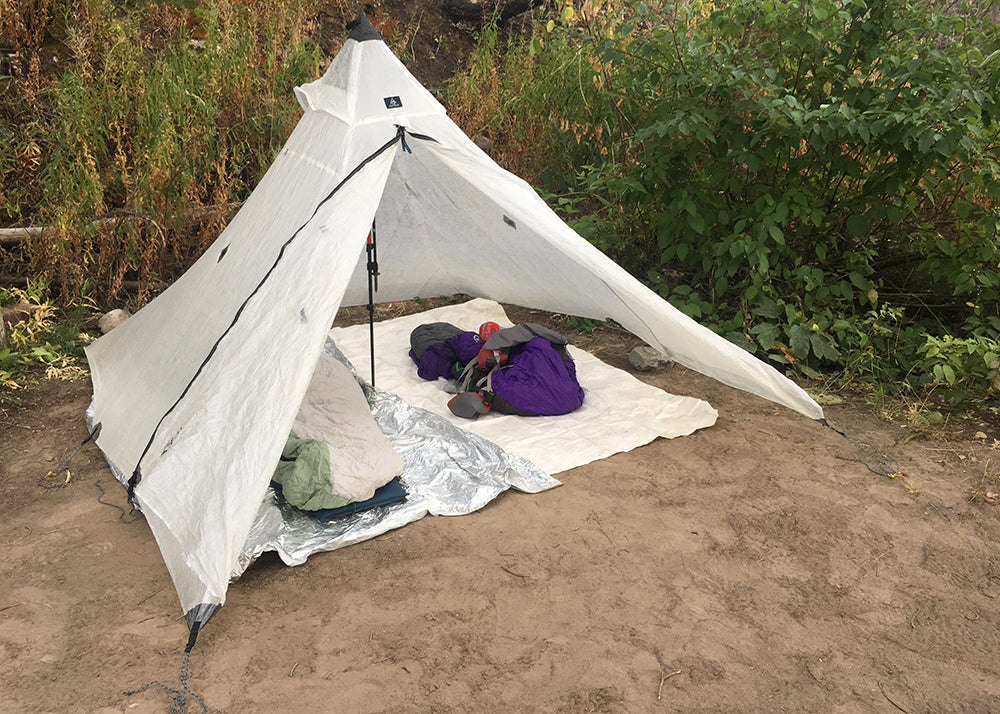
Even the most mindful among us get rips or holes in our ultralight gear, and DCF shelters are no exception. When it comes to repairs, HMG suggests cleaning your shelter beforehand with a little bit of isopropyl alcohol for best adhesion with DCF tape or patches.
"Dirt and grime will inhibit bonding," says HMG Marketing Manager Christina Cozzens. "I like to snag an alcohol wipe out of my FAK and wipe down any area in need of repair before applying a patch. I then lay the area in need of repair as flat as possible to minimize wrinkles and creases. Next, I apply the patch, then roll it out with a bit of pressure from a water bottle."
While any "outdoor" repair tape/patches will work in a pinch, using DCF specific patches on DCF fabric is how the HMG team would perform a long lasting, permanent repair. If you happen to be using DCF equipment, it's not a bad idea to keep some DCF specific patches or tape in your repair kit.
It may seem tedious or overwhelming to take such good care and consideration of your gear, but I'm a firm believer that if you look after the gear you love, the gear you love will look after you.
Ali Becker is a freelance adventure writer and narrative storyteller who shares compelling conversations about personal transformations, overcoming limitations, wellness education, and adventurous situations. You can follow her rambling adventures on Instagram at @thisisalibecker.






